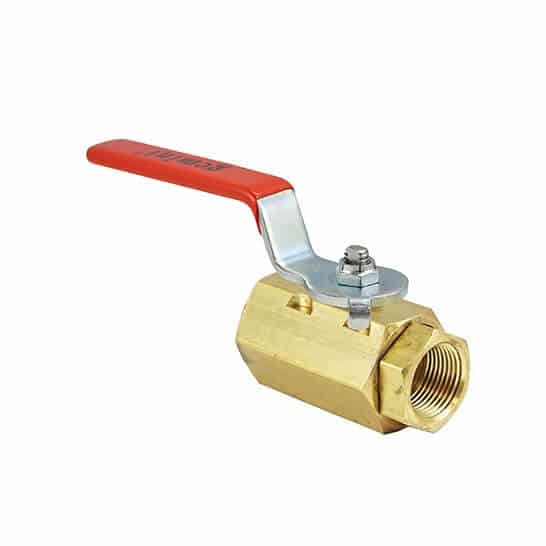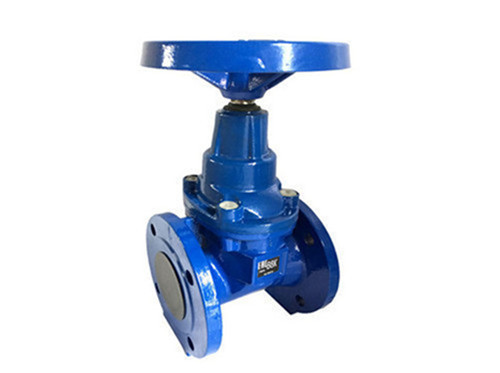In the realm of plumbing, one often encounters the brass ball valve—an essential component for controlling water flow. But a crucial query lingers in the minds of many consumers: Are brass ball valves safe for drinking water? This article aims to delve into this inquiry, addressing concerns and shedding light on the safety, reliability, and potential considerations associated with brass ball valves in the context of potable water.
Understanding Brass Ball Valves
What are Brass Ball Valves?
Brass ball valves stand as ubiquitous fixtures in plumbing systems. They consist of a spherical disc with a hole that aligns with the pipe's flow path when open and blocks the flow when closed. The use of brass, an alloy composed primarily of copper and zinc, renders these valves durable and corrosion-resistant.
The Composition of Brass Ball Valves
Typically, brass ball valves comprise varying compositions, with lead content being a focal point of concern for potable water applications. While some older valves contained higher lead content, contemporary valves often adhere to stringent standards, mitigating lead exposure risks.

Safety Aspects of Brass Ball Valves
Lead Content in Brass Ball Valves
Historically, lead was a common component in brass alloys, posing potential health risks, especially in drinking water applications. However, stringent regulations such as the Safe Drinking Water Act (SDWA) and NSF/ANSI standards have imposed limitations on lead content, ensuring safer plumbing materials.
NSF/ANSI Standard 61 Compliance
When selecting brass ball valves for potable water systems, prioritizing those complying with NSF/ANSI Standard 61 is imperative. This certification ensures that the valve materials meet safety standards for use in drinking water applications, assuring consumers of their suitability.
Corrosion and Leaching Concerns
Despite advancements in brass composition and regulations, the potential for corrosion and subsequent leaching of materials into the water supply remains a concern. Factors such as water quality, pH levels, and the presence of aggressive chemicals can impact the longevity and safety of brass ball valves.

Factors Influencing Brass Ball Valve Safety
Water Quality and Composition
The quality of water flowing through brass ball valves significantly influences their safety. Factors like pH levels, mineral content, and temperature can impact the rate of corrosion and potential leaching of metals into the water supply.
Installation and Maintenance Practices
Proper installation and regular maintenance play pivotal roles in ensuring the safety and functionality of brass ball valves. Incorrect installation or neglecting routine maintenance may lead to leaks, accelerated corrosion, and compromised water quality.
Usage Conditions and Application
The intended application and usage conditions of brass ball valves determine their longevity and safety. While they are commonly used in residential plumbing, industrial settings might involve harsher conditions requiring specialized valves to maintain safety standards.
Ensuring Safe Usage of Brass Ball Valves
Regular Inspections and Maintenance
Periodic inspections and maintenance routines are essential to identify any signs of corrosion, leaks, or degradation in brass ball valves. Timely interventions can prevent potential hazards and maintain optimal performance.
Selection of Certified Valves
Prioritizing brass ball valves certified to meet relevant safety standards, such as NSF/ANSI Standard 61, ensures adherence to stringent quality and safety criteria for use in potable water systems.
Water Testing and Monitoring
Conducting periodic water quality tests helps in assessing any changes in composition or contamination, allowing for timely measures to be taken to safeguard against potential hazards associated with brass ball valves.
Conclusion
Brass ball valves are integral components within plumbing systems, providing control and functionality. While concerns regarding their safety for drinking water have existed due to historical issues with lead content, advancements in regulations and materials have significantly enhanced their safety profile. Consumers must prioritize certified valves conforming to stringent safety standards to ensure optimal performance and safety in potable water applications. Regular maintenance, water quality monitoring, and adherence to installation guidelines remain crucial in maximizing the longevity and safety of brass ball valves within plumbing systems.
 English
English
![]()
 English
English
 Russian
Russian
 French
French
 Spanish
Spanish














